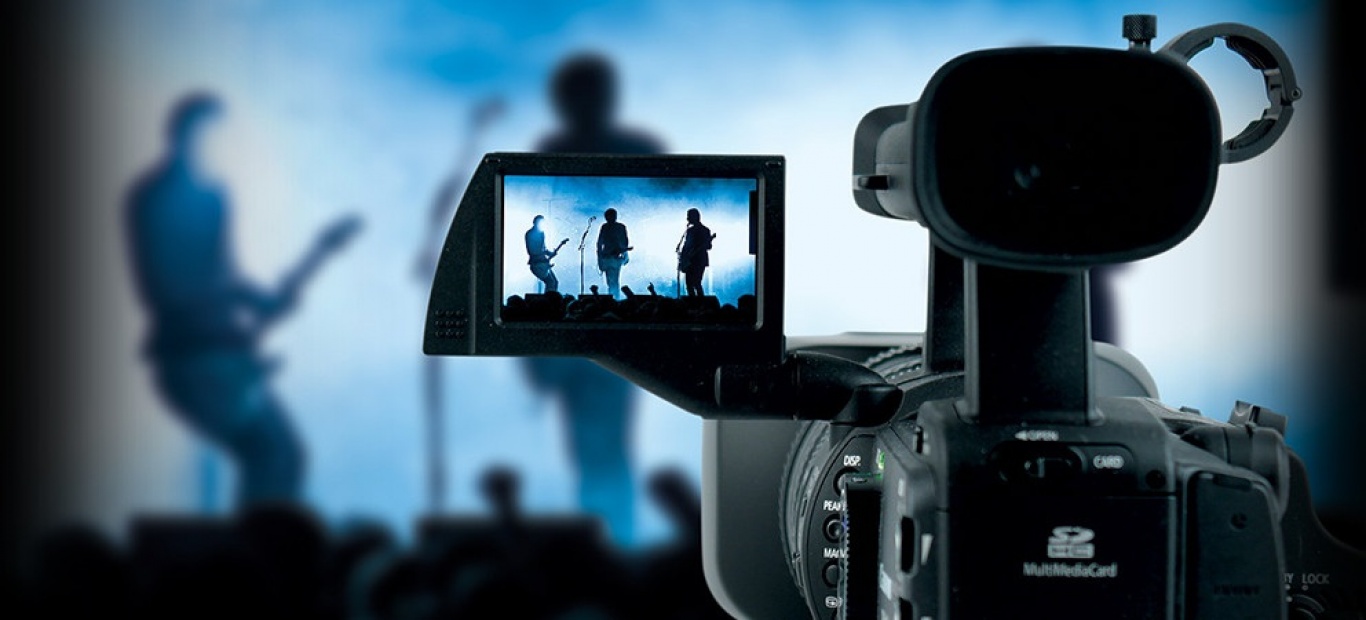AI-Powered Storytelling and Scriptwriting
Artificial intelligence is no longer a futuristic fantasy in filmmaking; it’s a rapidly developing tool. AI can now assist with scriptwriting, offering suggestions for dialogue, plot points, and even character development. While it won’t replace the human writer entirely – the creative spark still needs a human touch – AI can significantly streamline the writing process, helping writers overcome writer’s block and explore different narrative avenues. We might see more sophisticated AI tools that analyze existing scripts to identify successful patterns, potentially leading to more commercially successful films, although concerns about originality and creative stagnation remain. However, the ability to quickly generate multiple script variations based on specific parameters could revolutionize the way films are conceptualized and developed.
Virtual Production and Immersive Environments
Virtual production techniques, which utilize LED walls and real-time rendering software, are transforming filmmaking. Instead of relying on location shoots or expensive sets, filmmakers can create entirely virtual environments that react dynamically to the actors and camera movements. This drastically reduces production costs and allows for greater flexibility and creative control. Imagine filming a space battle entirely within a studio, manipulating the environment in real-time to create a breathtaking spectacle, or transporting actors to historical periods with incredible realism. Virtual production is not just about cost savings; it’s about unlocking new levels of visual storytelling, making the impossible possible.

Enhanced Visual Effects and CGI
Computer-generated imagery (CGI) has been a staple of filmmaking for years, but its capabilities continue to evolve at an astonishing pace. We’re moving beyond merely believable effects to hyperrealism, where the line between CGI and reality blurs. Advances in rendering technology, combined with more sophisticated techniques like machine learning for animation and facial capture, promise increasingly lifelike and seamless visual effects. Expect to see more ambitious and visually stunning films, pushing the boundaries of what’s possible in terms of fantasy sequences, creature design, and even realistic portrayals of historical or futuristic settings. This, however, raises ongoing ethical concerns about the potentially deceptive nature of highly realistic CGI and its impact on viewers’ perception of reality.
The Rise of Interactive Storytelling and Immersive Cinema
The future of film might not be confined to the passive viewing experience we’re used to. Interactive storytelling, where the audience actively participates in shaping the narrative, is gaining traction. This could involve branching storylines, choices that influence the outcome of the film, and even personalized experiences. Combined with advancements in virtual and augmented reality (VR/AR), this could lead to truly immersive cinematic experiences, where viewers become active participants rather than mere observers. Imagine watching a film where your decisions impact the characters’ fates or where you can explore the film’s world firsthand through VR. Such immersive experiences could fundamentally change how we engage with stories on screen.
The Democratization of Filmmaking with Accessible Technology
Technology is making filmmaking more accessible than ever before. High-quality cameras, editing software, and visual effects tools are becoming increasingly affordable and user-friendly. This means more independent filmmakers and aspiring storytellers can bring their visions to life without needing enormous budgets or studio backing. This democratization of filmmaking could lead to a surge in diverse voices and unique perspectives, enriching the cinematic landscape with films that might not have been possible previously. However, accessibility also presents challenges: ensuring fair distribution and fighting against the dominance of established platforms remains a key issue for independent filmmakers to navigate.
The Metaverse and the Future of Film Distribution
The metaverse, a persistent, shared virtual world, presents new opportunities for film distribution and consumption. Films could be experienced not just on traditional screens but within virtual environments, offering enhanced immersion and interactive elements. Imagine watching a film alongside virtual avatars of other viewers, discussing the plot in real-time or participating in virtual events related to the film. This could lead to a more communal and engaging viewing experience. However, the development of the metaverse is still in its early stages, and its long-term impact on the film industry remains to be seen. The potential for new revenue models and opportunities for filmmakers within these spaces is considerable but will require further technological and business model innovation.
Ethical Considerations in AI-Driven Filmmaking
As AI plays an increasingly significant role in filmmaking, ethical considerations become paramount. Questions arise regarding the ownership of AI-generated content, the potential for bias in algorithms, and the impact on human creativity and employment. It’s crucial to establish clear guidelines and regulations to ensure fair practices and avoid unintended consequences. Open conversations involving filmmakers, ethicists, and policymakers are essential to navigate the ethical complexities of AI-driven filmmaking and ensure a future where technology enhances, rather than undermines, the art of storytelling. Visit here for information about creative media production.

